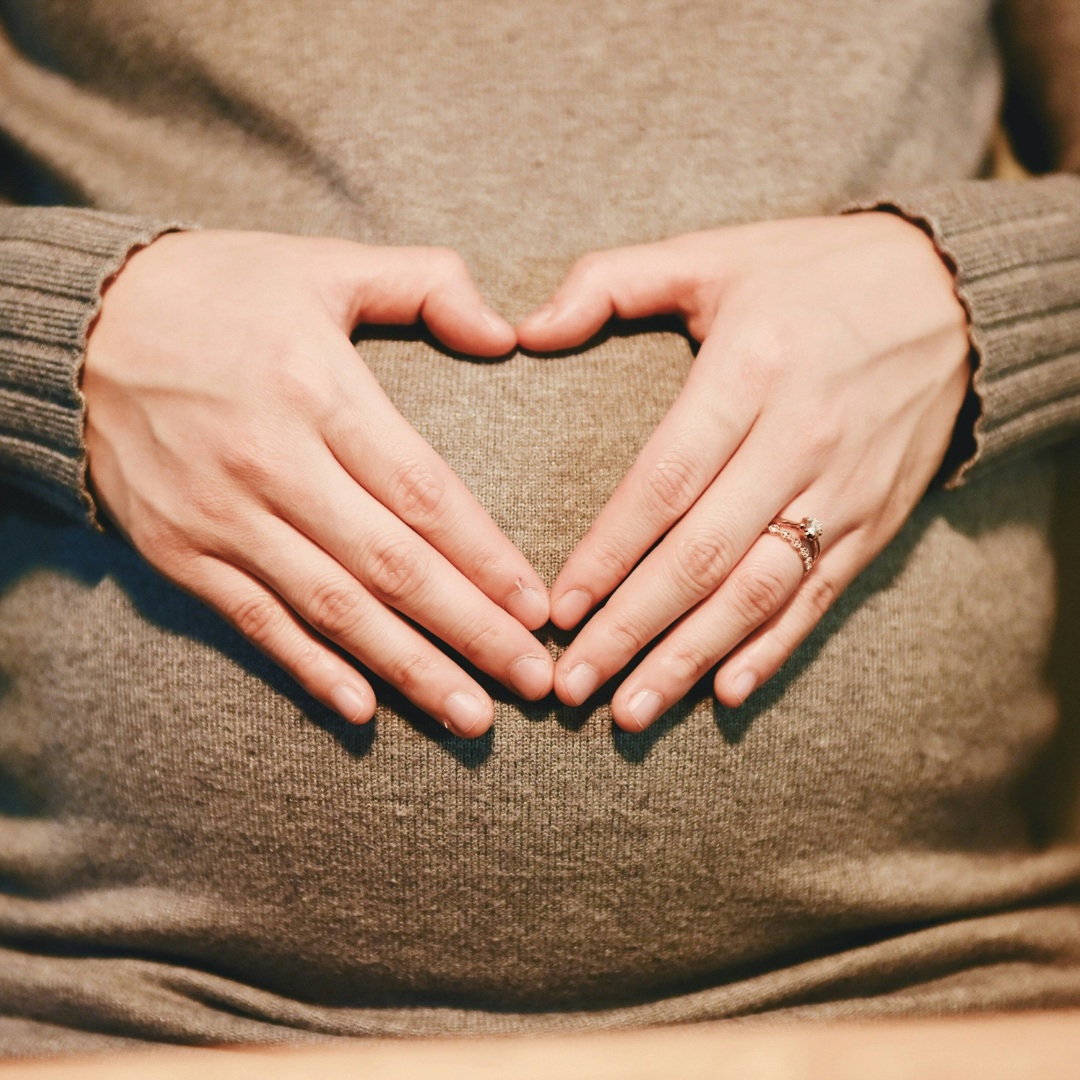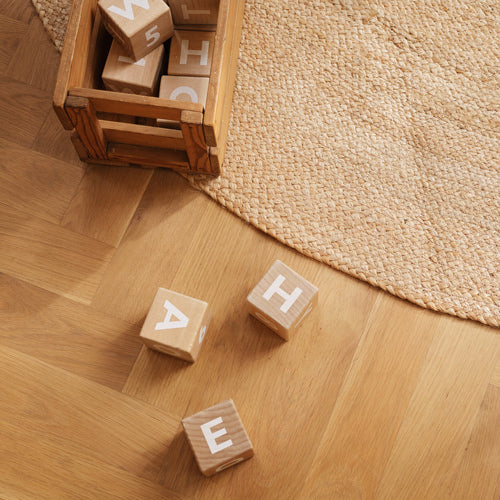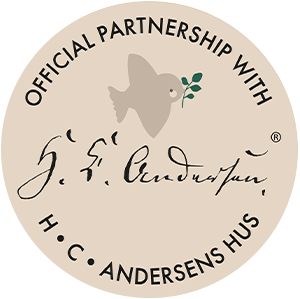


The gums get hard and white, and there may be a touch of fever. When baby’s first tooth is on the way, the baby is drooling and chewing on anything within reach. For some children, it’s painful to teethe, and they may get especially fussy when the first teeth are coming in.
Are baby’s gums itchy, and is the little guy extra fussy? That may be an indication that the first white baby teeth are about to erupt. Many parents are keen to know when the first teeth can be seen and in what order they appear.
There is additional information on this page about the timing of teething and about children’s baby teeth and permanent teeth.
When do babies teethe?
Baby’s teeth are formed at the fetal stage, but the timing of their eruption through the gums varies among children. So there is no one answer to this question.
Are you still waiting for the baby teeth to erupt? Most children teethe at the age of 6-7 months. You may experience that baby is extra fussy at that time – it can be painful for the little one when the teeth come through the hard gums.

The first teeth may show up when baby is just 3 months old, and some children are about 1 year old before they teethe. Patience is the name of the game when parents look in their baby’s toothless mouth. One thing is for sure: The teeth will come one day, but no one can say when.
The order of eruption of baby teeth
Have you wondered what teeth come first? If you are not a dentist or don’t have a dentist in the family, you may not know the order in which baby’s teeth appear. There are variations, so it may be difficult to keep track of those teeth.
Are you ready to say goodbye to toothless smiles? Most babies get the lower front teeth first. Then come the upper front teeth. You will soon have a baby with lovely white upper and lower teeth smiling at you!
Then, one by one, the rest of the teeth come in until the child is about 2.5 years old. By then, your baby will have 10 teeth in the upper and 10 in the lower jaw.
Healthy and strong teeth
Most babies no longer breastfeed when the teeth come in, so it’s a bit odd that the baby teeth are called ”milk teeth”. Those teeth are for biting into bread, vegetables, fruit – all kinds of delicious food – but they are not for chewing.
Only at the age of 2 do children get lateral incisors for chewing. During the first year of life, your child does not need to chew but rather bites and sucks the food. The gums are doing the work of mashing up the food.
From baby teeth to permanent teeth
Do you remember your first loose tooth? It’s a special thing to lose a tooth, put it under the pillow and wake up to find the tooth fairy’s gift the next day.

Even though the baby teeth do not have a specific function in chewing food, they are still very important. They are place holders for the permanent teeth that will come in around the age of 12. If the baby teeth fall out prematurely, a shifting of the dentition may occur, and there may not be room for the permanent teeth. That is why it’s important to look after your children’s teeth.
Look after your children’s teeth
It is important to look after your children’s teeth, and the teeth must be brushed from the day they emerge. Every morning and evening, get out the toothbrush to clean the surfaces.
Gums may be sore when teeth come in, but gentle brushing of the emerging teeth helps in reducing pain and removing bacteria.




































